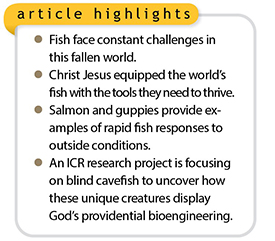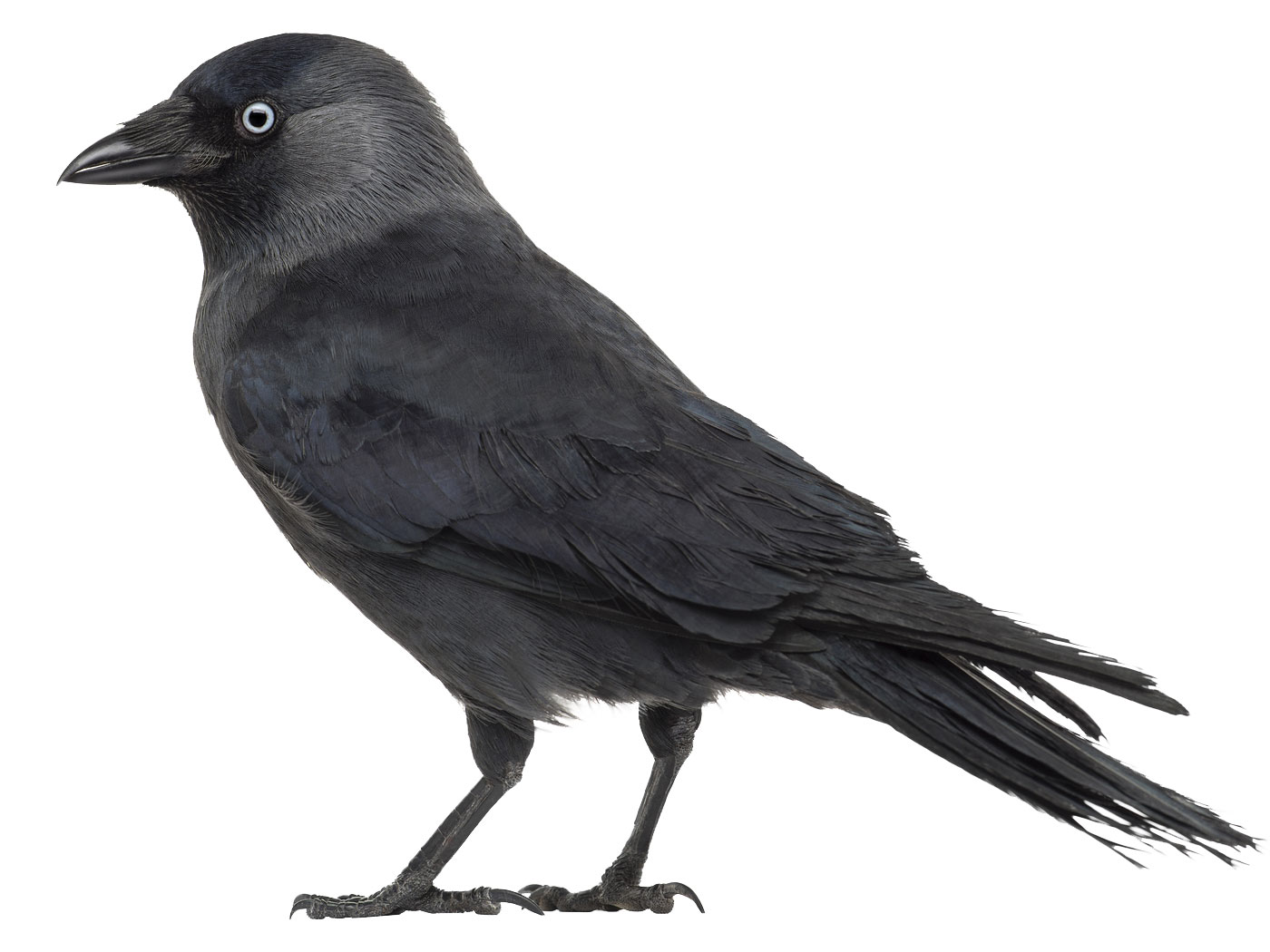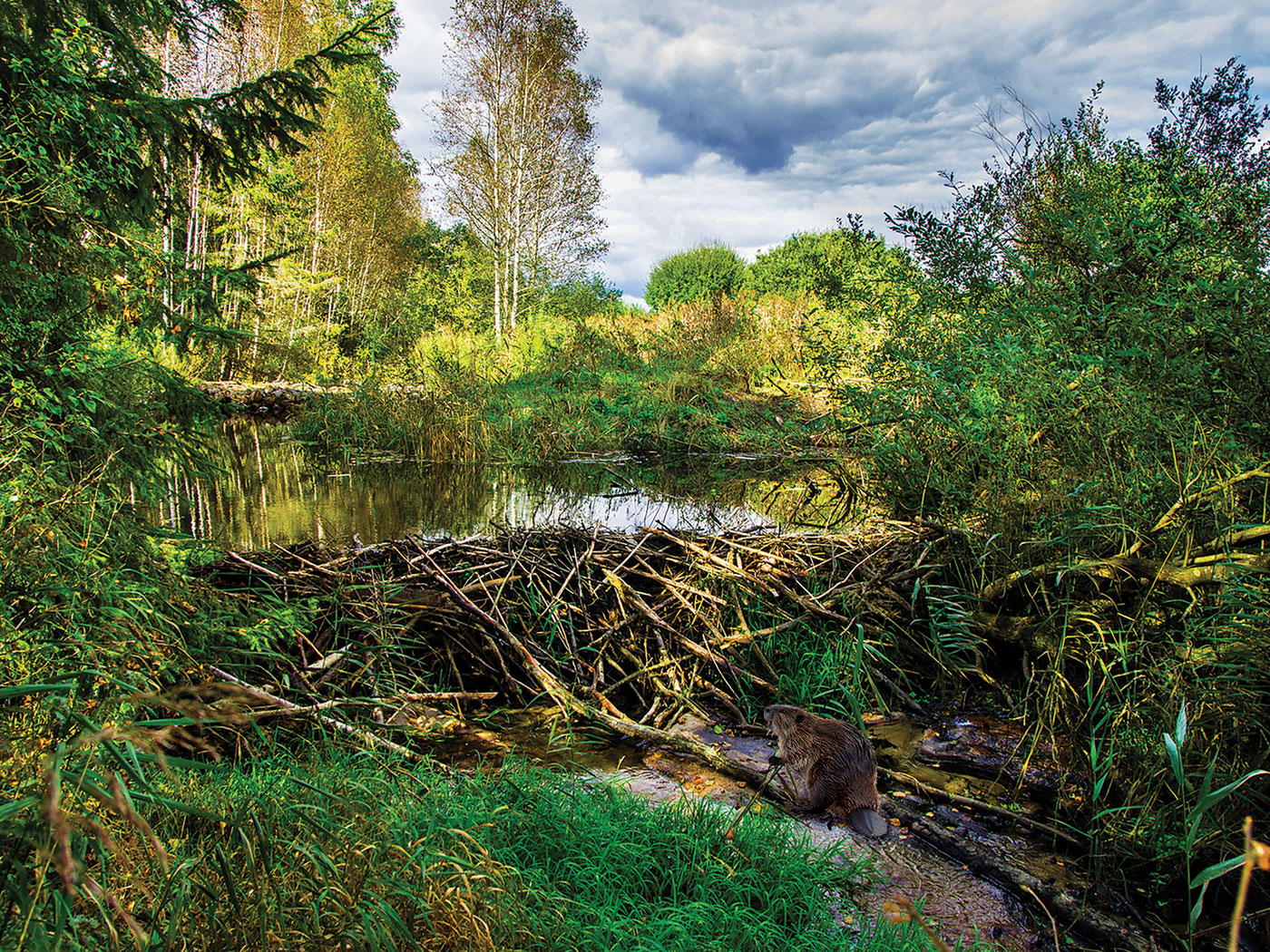 For fish, life is very demanding. Fish life requires quick, targeted self-adjustments 24/7 to ever-changing conditions such as varying salinity and dissolved oxygen, pH (acidity/alkalinity), seasonal sunlight, water temperature, territory competition, shelter availability, piscivorous (fish-eating) predators, and more.
For fish, life is very demanding. Fish life requires quick, targeted self-adjustments 24/7 to ever-changing conditions such as varying salinity and dissolved oxygen, pH (acidity/alkalinity), seasonal sunlight, water temperature, territory competition, shelter availability, piscivorous (fish-eating) predators, and more.
Living life is a nonstop challenge, even for fish. However, since the creation week’s Day 5, it was always God’s providential purpose for fish to “be fruitful, multiply, and fill” the seas.1 How can fish successfully fill saltwater and freshwater habitats worldwide in such ever-changing conditions?
For starters, Christ creatively designed and equipped fish to carefully collect vital external information (continuous environmental tracking, or CET). Accordingly, CET-acquired data are processed by relevant “if/then” program-logic mechanisms to activate and implement purposeful responses to real-world situations.2,3
Fish need to know what is happening around them and how to relate to it. Like us, fish need accurate data about the world around them—constantly provided by light sensors, chemoreceptors, temperature detectors, etc.—so they can react to threats and opportunities.3
Illustrations of CET-based adaptation responses in fish are uncountable.1 Fish-farmed Norwegian salmon utilize CET when they physiologically self-adjust to artificial safety lights in high-latitude net pens by delaying their usual transition from “growth mode” into reproductive “spawning mode.” In effect, the artificial lighting installed to aid fish-farm workers at night is phenologically interpreted by the salmon as “midnight sun” summertime, during which season the Norwegian salmon continually eat and grow bigger.4
For another example, Trinidadian guppies—encountering the jawed jeopardy of predator pike cichlids—repeatedly utilize split-second CET data just to stay alive!
Have Trinidadian guppies learned evasive maneuvers from Spanish bullfighters?…Current Biology reports how gutsy guppies confront a regular predator, the voracious pike cichlid, like a matador. They attract the attacker to a location that can be dodged from. Then, at the last instant, the guppy pivots to safety.…The toreador trick depends upon the guppy flashing its eyes at the attacker. Specifically, the threatened guppy attracts conspicuous attention by turning its irises black, so the predator aims at the guppy’s head. After the predator lunges at a committed angle of attack, the guppy dodges.5
Speed and timing are critical. Is matador-like evasive behavior due to evolutionary luck? No, the guppies exhibit “survival of the fitted” because Christ providentially designed their CET-enabled “fitted to fill” survival systems.5 Of course, there is much more.2-4
Meanwhile, as previously reported, ICR’s science team is intensively researching CET-based phenotypic and behavioral adaptations in fish, specifically blind cavefish (Astyanax mexicanus).6 Fish display Christ’s bioengineering for all with eyes to see.
References
- Genesis 1:21-22. See also Job 9:10.
- For several years, ICR’s Dr. Randy Guliuzza has systematically documented how creatures continuously track environmental changes “using the same key elements [that] man-made tracking systems use—sensors, logic algorithms, and response mechanisms”—thus showing the Lord Jesus as the ultimate Bioengineer who purposefully built His creatures to promptly track changing environmental conditions so they can beneficially and rapidly self-adjust by applying “internal logic [programmed] to select targeted responses to changed conditions.” Guliuzza, R. J. 2018. Engineered Adaptability: Creatures’ Adaptability Begins with their Sensors. Acts & Facts. 47 (3): 17-19.
- Fish need information! “Fish constantly interact with living and nonliving entities: aquatic animals and plants, microbes and toxins, predators, parasites, and poisons.” Johnson, J. J. S. 2016. Even Fish Need to Know! Acts & Facts. 45 (1): 21. See also Guliuzza, R. J. 2018. Engineered Adaptability: Designed Mechanisms Best Explain Convergent Traits. Acts & Facts. 47 (5): 17-19.
- Johnson, J. J. S. 2015. The Moon Rules. Acts & Facts. 44 (9): 21. Salmon fish-farming benefits when natural conditions are imitated. See Johnson, J. J. S. God’s Plan Is Best: Salmon Need Saltwater Acclimation. Creation Science Update. Posted on ICR.org August 3, 2020. Also, some finfish thrive better if their natural or artificial habitat is shelter-enriched. See Johnson, J. J. S. Artificial Plants Help Keep the Peace at Tilapia Farms. Creation Science Update. Posted on ICR.org June 26, 2020, accessed June 30, 2022.
- Johnson, J. J. S. Guppies Dodge Predators Like Spanish Bull-Fighters. Creation Science Update. Posted on ICR.org June 16, 2020.
- See Tomkins, J. P., S. Arledge, and R. J. Guliuzza. 2022. Catching the Vision: Blind Cave Fish (Astyanax mexicanus) as a Model System for Continuous Environmental Tracking and Adaptive Engineering. Creation Research Society Quarterly. 58 (4): 289-296. See also Tomkins, J. P. Blind Cavefish Illuminate Divine Engineering. Creation Science Update. Posted on ICR.org October 23, 2017, accessed June 30, 2022; Tomkins, J. P. Oxygen-based Adaptive Engineering in Blind Cavefish. Creation Science Update. Posted on ICR.org March 21, 2022, accessed June 30, 2022. How magnificently Christ providentially designed and equipped these little fish to carefully recognize and successfully interact with the many moving parts of their watery world. These little finfish are truly some of our Creator’s “wonders without number” (Job 9:10).
* Dr. Johnson is Associate Professor of Apologetics and Chief Academic Officer at the Institute for Creation Research.
















